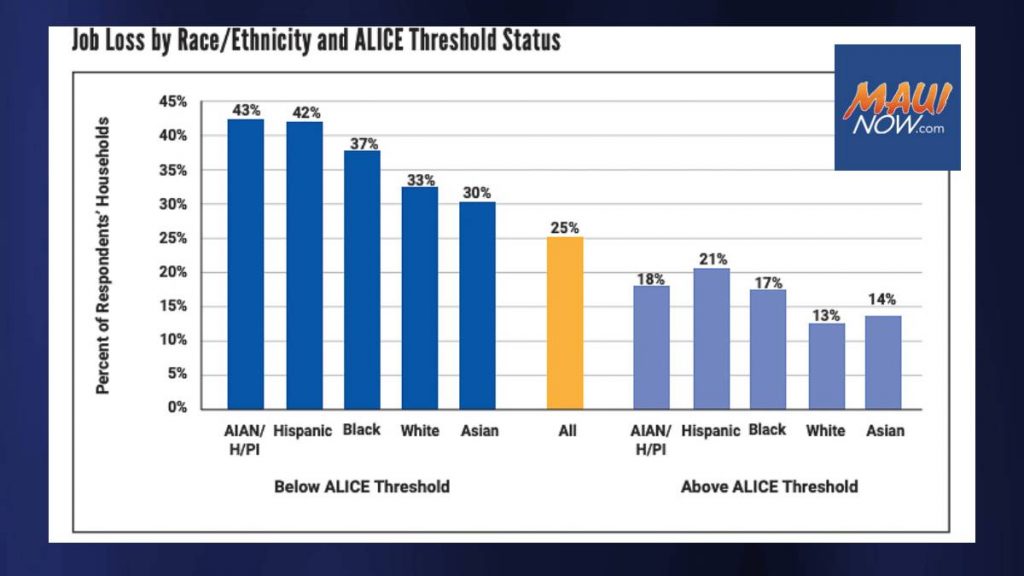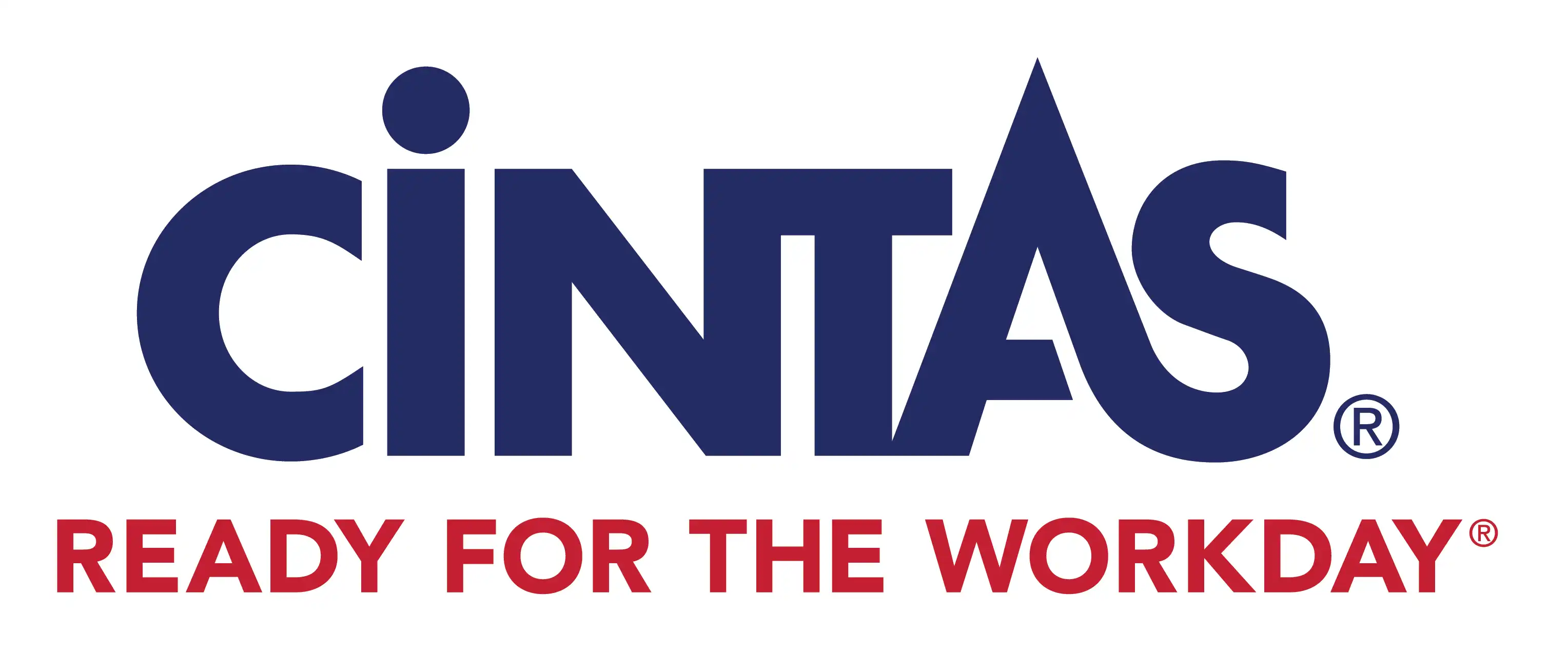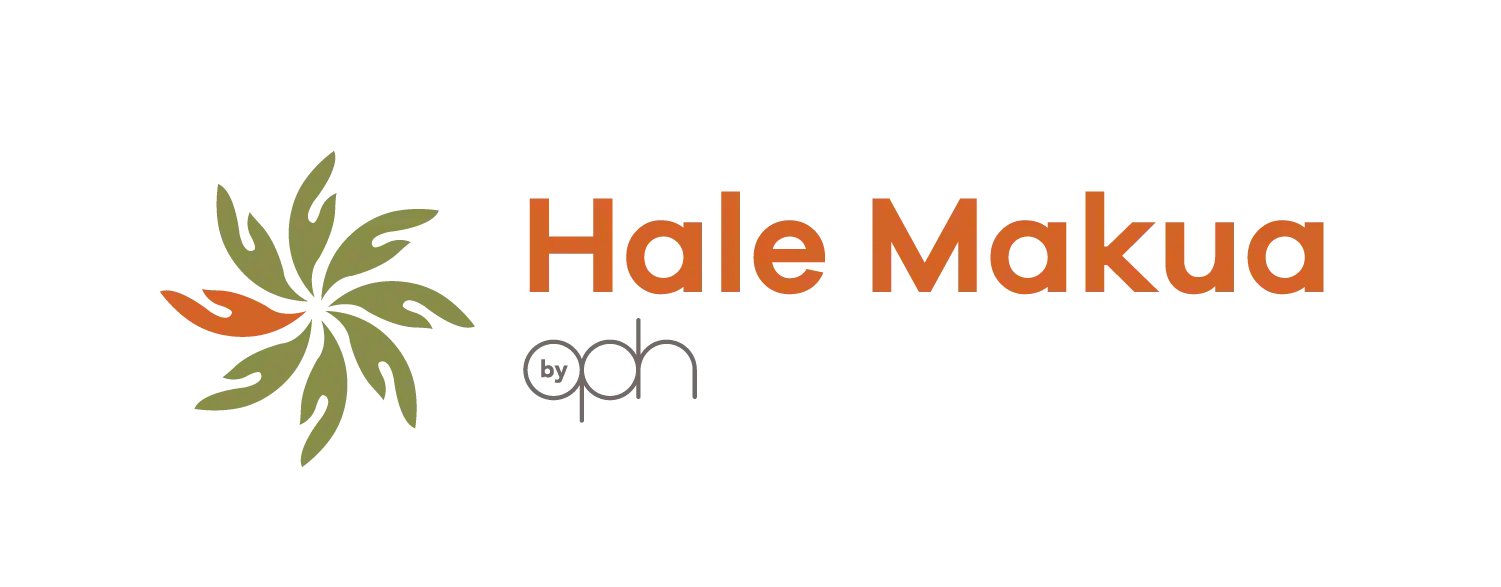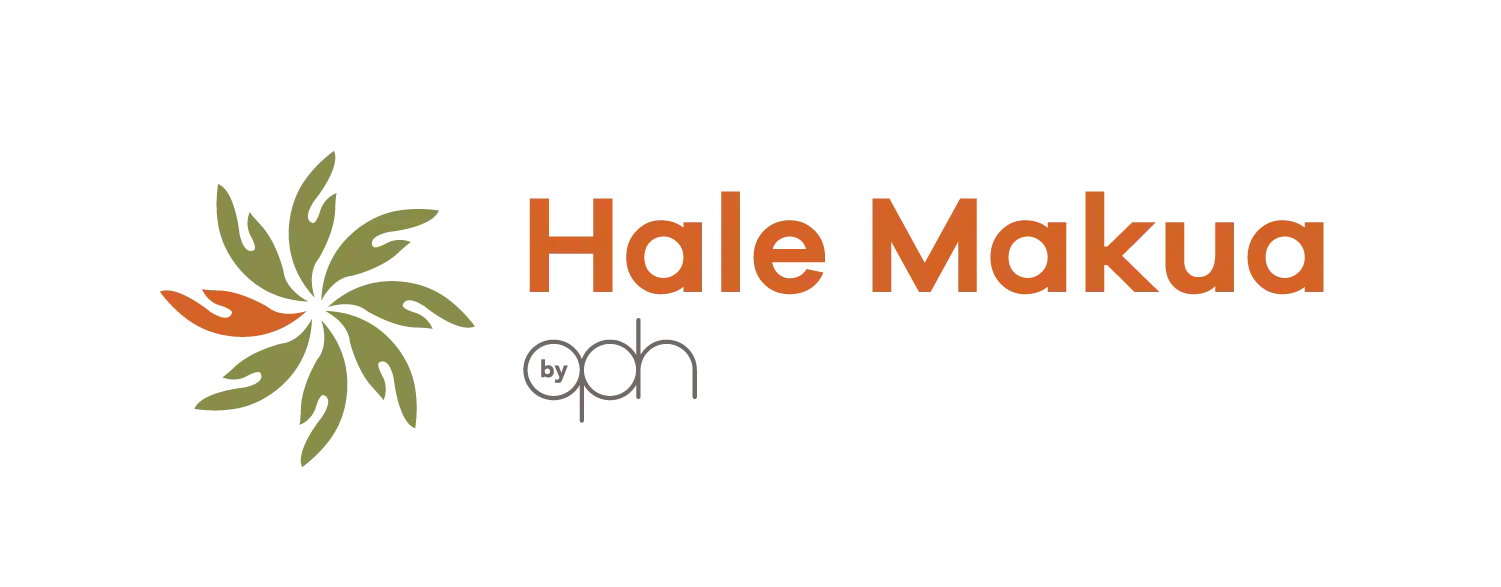Low Income Hawaiians & Pacific Islanders Among Ethnic Groups Most Hurt by Pandemic

During the COVID-19 pandemic, people identifying as American Indian, Alaskan Native, Hawaiian and Pacific Islander (AIAN/H/PI) experienced the highest percentage of job loss and other negative impacts among all reporting ethnic groups, according to findings in a new national report.
The Pandemic Divide: An ALICE Analysis of National COVID Surveys provided grim data for vulnerable ethnic groups in Hawai’i. (ALICE is an acronym for Asset Limited, Income Constrained, Employed).
By race and ethnicity, the AIAN/H/PI low income households reported the highest percentage of job loss at 43% and the highest presence of significant health issues at 73%.
This combination of job loss and health issues, along with the loss of healthcare coverage and fragility in the wake of a pandemic, has made it clear Hawai‘i’s people have suffered greatly as a community, according to a press release from Aloha United Way.
The Aloha United Way has established the ALICE Fund to tackle the issues that cause financial instability for these individuals and families through transformative initiatives and systemic change.
Lisa Kimura, Vice President of Community Impact for Aloha United Way (AUW) said while the report is new, the work started before the pandemic.
“COVID-19 severely exacerbated the economic vulnerabilities outlined in the 2020 ALICE Report,” she said. “Long before the pandemic began, AUW was focused on funding programs and services that increase access to education, workforce development and financial resources.”
The Aloha United Way is currently convening Strategic Planning Sessions with community stakeholders to prepare for the next three years of work to collectively impact the prospect for ALICE households in Hawai’i.
“With the impact of recent events, our work has an increased emphasis on engaging partners to elevate ALICE households into stability” Kimura said. “The data overwhelmingly supports that the number of households categorized as ALICE has increased over the last 18 months. Since this is the same population that never recovered from the Great Recession, it is evident that the COVID-19 Pandemic has the potential to derail the health, safety and livelihood for years to come if work isnʻt done to bring about systemic change.
The report showed households below the ALICE Threshold for income fared significantly worse during the pandemic than those with higher incomes – as reported in surveys conducted between March 2020 and May 2021 by the US Census, Federal Reserve Board, University of Southern California and United For ALICE.
View the entire ALICE report here. To learn more about Aloha United Wayʻs United for ALICE, click here.









